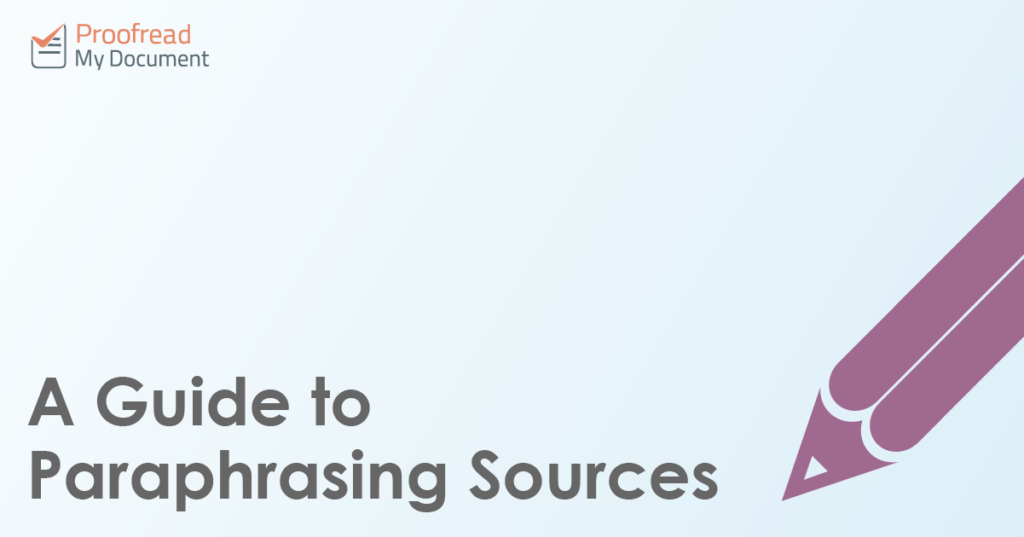Good academic writing will quote and reference a range of sources. But is quoting sources always the best option? We’ll let you decide after reading our guide to paraphrasing.
Quoting vs. Paraphrasing
Quoting and paraphrasing are both ways of drawing on someone else’s ideas in your writing. To quote someone, you use their exact words placed within ‘quotation marks’. This could be a single term, or it could be an entire paragraph. Quoting is most useful when:
- You are making a point about the exact wording of something (e.g. to discuss why an author chose to use a specific term in their work)
- The original text expresses something in a particularly useful way
In other cases, you might want to paraphrase a source instead. This involves expressing the same ideas you find in the source in your own words. The advantages of this are that:
- It helps you demonstrate your understanding of the source
- You can focus on the details that are most relevant to your argument
- You can simplify complicated ideas to communicate them more clearly
- Paraphrasing is often more concise than quoting a source exactly
This is especially useful as an alternative to quoting sources at length. However, remember that you still need to cite the source you are paraphrasing, even if you don’t quote it at all!
Find this useful?
Subscribe to our newsletter and get writing tips from our editors straight to your inbox.
A Guide to Paraphrasing
There are no specific rules about how to paraphrase something, other than being clear and concise. We do, however, have a few tips about how to approach paraphrasing a source:
- Read the source a few times and make notes to ensure that you understand it fully
- Decide whether to paraphrase the source text in full (i.e. explain everything in depth) or simply summarise it (i.e. pick out key details)
- Before you start writing, try explaining the idea you’re paraphrasing to a friend (or imagine how you would do this if there is no one else about)
- After writing, compare your paraphrased version to the original to make sure you haven’t missed anything or accidentally used the same phrasing
- Use quotation marks and give page numbers for any important terms or phrases that you have used from the original text
This will let you show off the research you’ve done without having to quote each source to do so!
